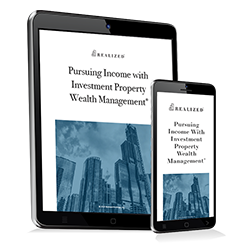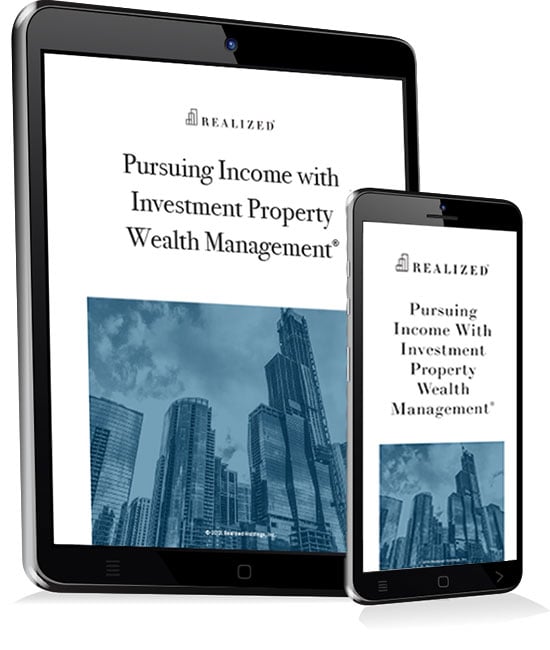
In 1962, the Self-Employed Individuals Tax Retirement Act was established, otherwise known as the Keogh Act. The Economic Growth and Tax Relief Reconciliation Act dissociated the distinction between other plans and the Keogh plan. Since this Act, Keogh retirement plans are alternatively referred to as HR-10s or qualified retirement plans.
A Keogh retirement plan is a tax-deferred plan for self-employed individuals or unincorporated businesses. Contributions are typically tax-deductible to a certain percentage of annual income with dollar amount limits that the IRS can change annually.
Here we’ll explore the basics of a Keogh retirement plan.
How Do Keogh Retirement Plans Work?
Keogh retirement plans are similar to 401(k) plans as you can invest in the same securities such as stocks, bonds, CDs, and annuities, but annual contribution limits are higher and the reporting requirements are more rigid. Funds that go into a Keogh retirement account are pre-tax and once you start withdrawing funds after the age of 59 ½, you must pay income taxes. You can deduct every contribution made to a Keogh retirement account up to a certain limit, which is determined by your specific plan.
Keogh plans are qualified plans and are split into two types: defined-benefit plans or defined-contribution plans.
Defined-Benefit
A defined-benefit Keogh plan is similar to a traditional pension plan, except it is established and funded by the individual instead of the employer. Contributions are determined by the set benefit and other factors such as age and expected returns on plan assets. The maximum annual benefit is up to $230,000 for 2021.
Defined-Contribution
A defined-contribution Keogh plan has regular contributions up to a limit. There are two types of defined-contribution Keogh retirement plans:
- Profit-Sharing Plan: You can contribute up to $58,000 for 2021 and deduct up to 25% of your income.
- Money Purchase Plan: Annual contributions are based on business revenue. You determine a fixed percentage of annual income and if this is altered, you may face excise tax penalties. Contribution limits for 2021 are 25% of annual compensation or up to $58,000.
Advantages and Disadvantages of a Keogh Retirement Plan
Keogh retirement plans typically have higher administrative costs and more restrictions when compared to other retirement plans. The IRS requires annual reporting which only adds to the cost of managing this type of retirement plan. If the Keogh plan is used with an unincorporated business, it must be offered to all qualifying employees, and the employer is required to make the only contributions. The biggest advantage to a Keogh plan is that the contribution limits are much higher than any other tax-advantaged retirement plan.
Since the establishment of modern IRA regulations, Keogh plans have fallen out of favor with self-employed individuals. IRAs generally have less paperwork and lower administrative fees. For a majority of businesses, the 401(k) is more favorable.
If a tax-advantaged retirement plan with high annual contribution limits is what you’re looking for, the Keogh plan might be right for you. Due to the strict federal filing requirements, the paperwork, and the general complexity, seeking professional help when it comes to setting up a Keogh retirement plan is often the best choice.



